Python provides us many possibilities on instance/class attribute, for example:
class A(object):
def __init__(self):
self.foo = "hello"
a = A()
There are many ways to access/change the value of self.foo:
- direct access
a.foo - inner dict
a.__dict__['foo'] - get and set
a.__get__anda.__set__,of course there two are pre-defined methods. - getattribute
a.__getattribute__ __getattr__and__setattr__- maybe more.
While reading source code, I always get lost of what's their ultimate access order? When I use a.foo, how do I know which method/attribute will get called actually?
